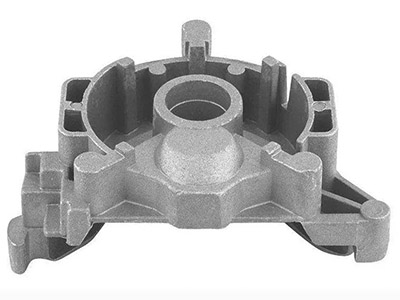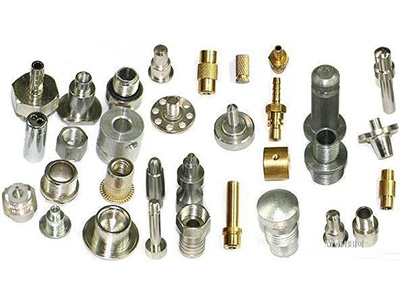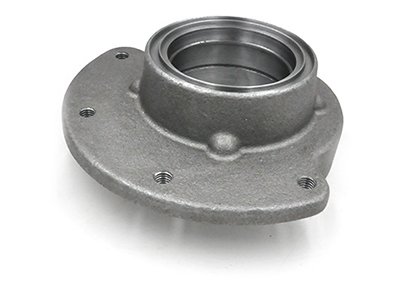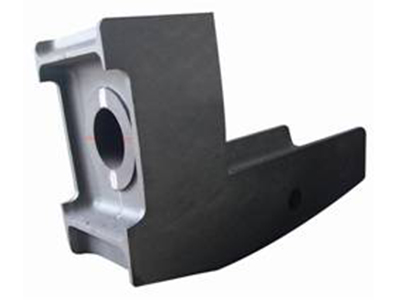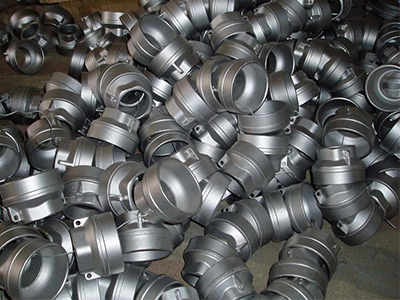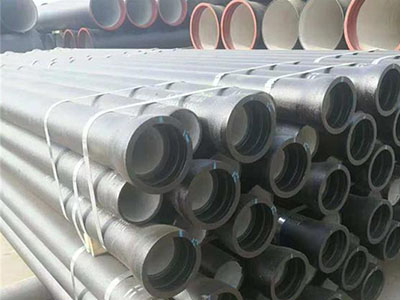- Measurement of the size of large -scale casting steel parts
- Basic procedures for stainless steel precision casting
- The smelting technology of stainless steel casting process
- Where is the large-scale cast steel parts used?
- How to cool the investment casting quickly?
- How to choose suitable cast steel parts
- What are the cleansing methods for stainless steel precision casting?
- Precision forging process of stainless steel
- Quality control of gray cast iron
- How to make the appearance of large cast steel parts better
- Call : +86 13390692151
- sale@kfqizhongji.com
-
Room 1, No. 21, Chaoying East Road, Zhoushi,
Kunshan City, Jiangsu Province, China
Related requirements of Mould for Steel Castings
What are the requirements of steel castings foundry manufacturers for castings mold control? In the process of die castings, there are two different concepts of die castings speed, namely injection speed and mold filling speed. The injection speed refers to the linear speed of the injection punch driven by the pressure oil in the injection cylinder of the die castings machine, and the mold filling speed refers to the linear speed at which the liquid metal enters the mold cavity through the gate under pressure.
The main function of mold filling speed is to quickly feed liquid metal into the cavity before solidification. This is an important factor to obtain castings with clear outline and high surface quality. Speed and pressure are two closely related process parameters. Therefore, in addition to the appropriate injection pressure, the speed of the low pressure mold should be selected correctly.
The filling rate is determined according to the characteristics of the alloy and the structural characteristics of the castings. When the mold filling speed is low, the outline of the casting is not clear, or even can not be formed. When the mold filling speed is higher, the castings with higher surface quality can be obtained even if the injection pressure is lower. However, too high mold filling speed will cause many technical defects and unfavorable die-castings conditions, so steel castings foundry manufacturers need to pay special attention.
As the high-speed molten metal flows to the front of the air, the low-pressure mold blocks the exhaust channel, and the air is wrapped in the cavity to form bubbles. Molten metal atomization into the mold cavity and attached to the mold wall, so that the molten metal can not fuse with the molten metal to form surface defects, thus reducing the surface quality of castings, which is a problem that steel foundry manufacturers need to pay attention to.
The high-speed metal flow produces eddy current, which first wraps the air and cold metal entering the mold cavity to make the castings produce pores and oxide inclusions; the high-speed metal flow scours the mold wall and accelerates the wear of the die-castings die. Because of its high precision, high complexity, good consistency, high productivity and low consumption, castings moulds are favored by many steel castings manufacturers.
